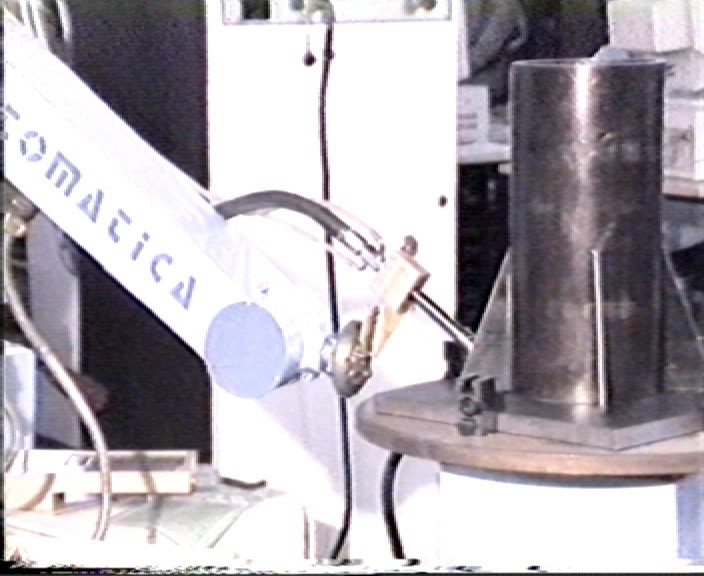Only to produce these CNC machines you still needed imported chips, but to make a CNC design you needed CAM and CAD machines that were either imported or produced from imported parts.
So it's a vicious cycle and you still need capital. Another problem is that after 1968 Romania stood aside from the rest.
Uh, not really? Romania was producing the Z80 microprocessor and a variety of other microelectronics at Microelectronica Bucureşti, and for most industrial applications, the Z80 is enough, as even today it is used in microcontrollers. And the imported electronics came from East Germany.
There's some things I am probably missing in regards to imported western stuff, but for the most part, everything needed could be obtained inside the country. The Soviets also had some improved and overall better versions of their copies, however, they were behind by 2 to 5 years in electronics and more so in quality but again, in the grand scheme of things regarding industry, it doesn't matter if the microprocessor is from 1982 or 1990.
I can't say if Romania used any CAD or CAM software, but I assume they did as most old industry guys know CATIA and that works on 1980s computers. At least I know the Soviets had CAD software by the late 70s and even published their own at the start of the 90s.
Fascinating, do you remember their names or have the links? This contradicts the majority of scholarship I've seen and I'd very much like to learn more.
One does wonder how well they would've done had they exported finishes goods in any volume, but IRCC the only things anyone brought from the Soviets were resources, foodstuffs, and weapons.
Sounds interesting, where can I read upon some numbers?
I don't remember the names let alone links of said articles, they were in Russian and I accidentally stumbled there.
The Soviets did export finished goods, industrial machinery, clothes, household appliances and so on. (Both the West and the Socialist world sought Soviet products, and East German products for that matter)
Probably in more recent (2010+) books written by Russians or Eastern Europeans, or, hmm, try to dwelve into the 1960s-70s electronics industry by starting with the BESM-4 computer? My memory is shoddy after the 60s as that was an early interest in the Kiev, Moscow and Leningrad computer institutes. You can probably find some articles on the internet on Soviet computers and microelectronics.


